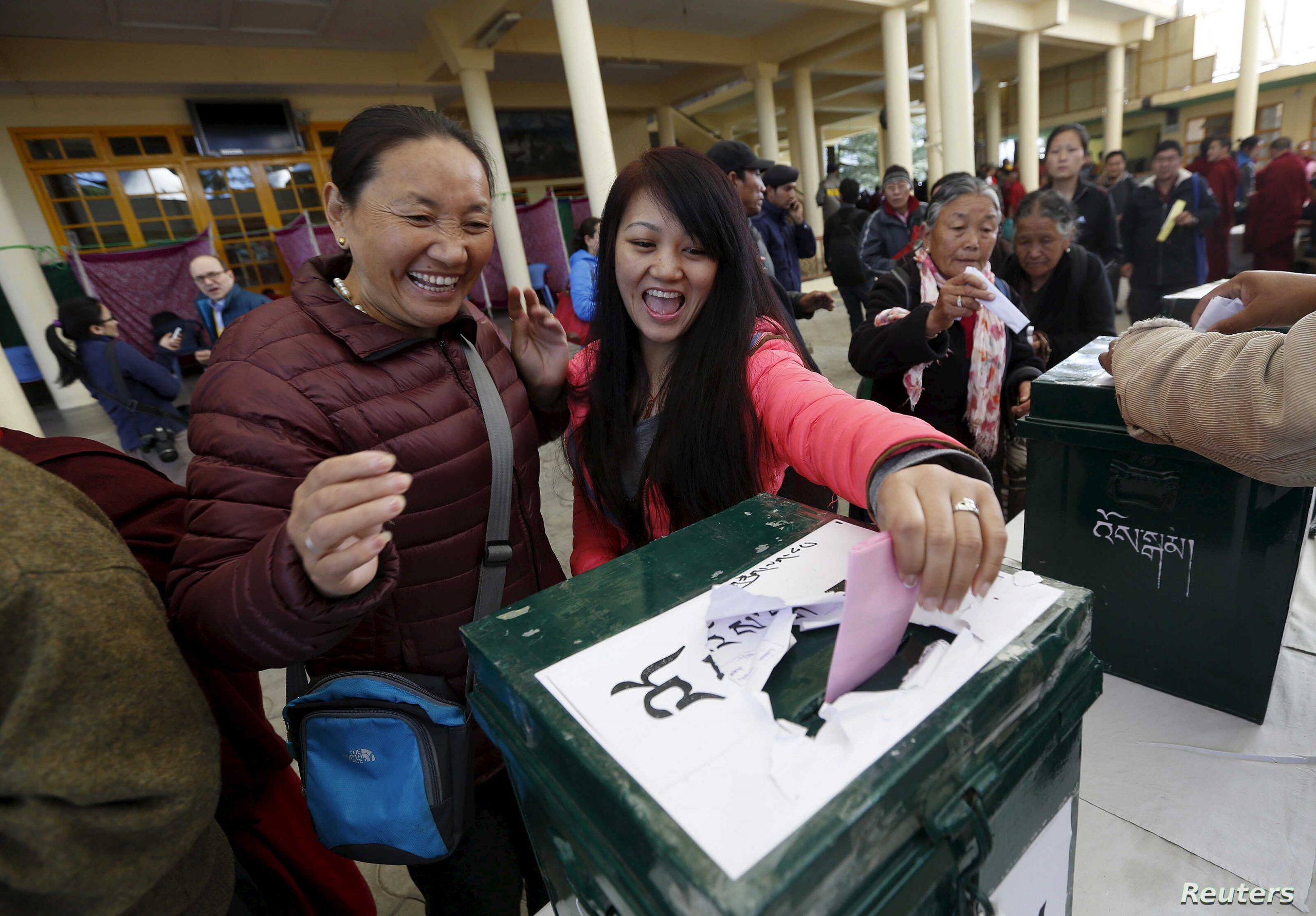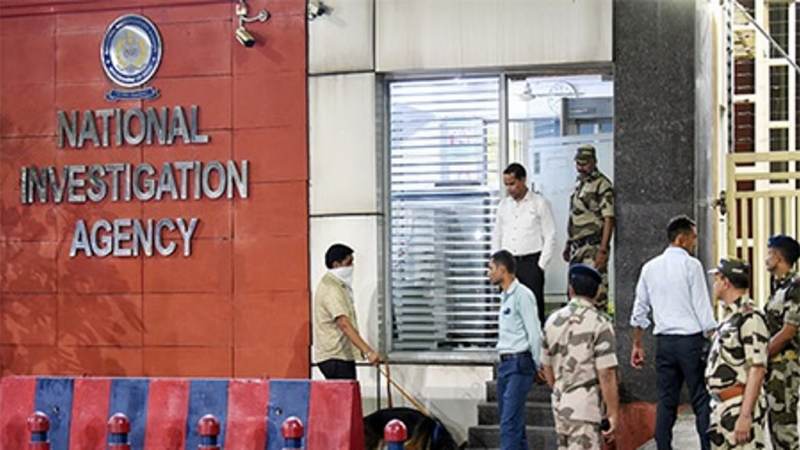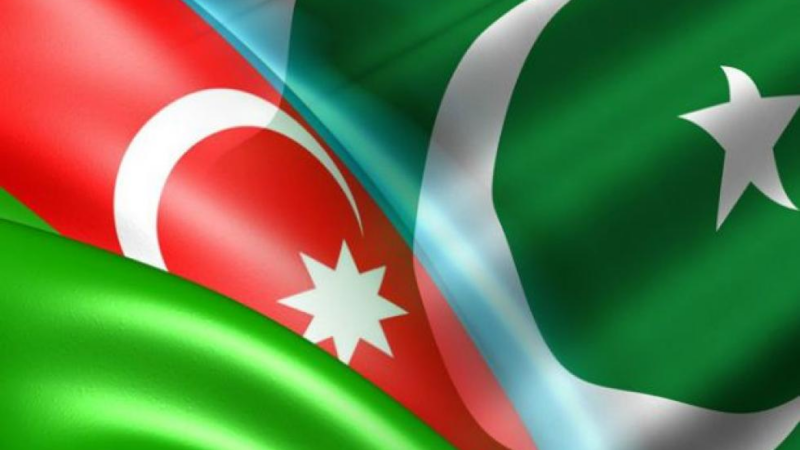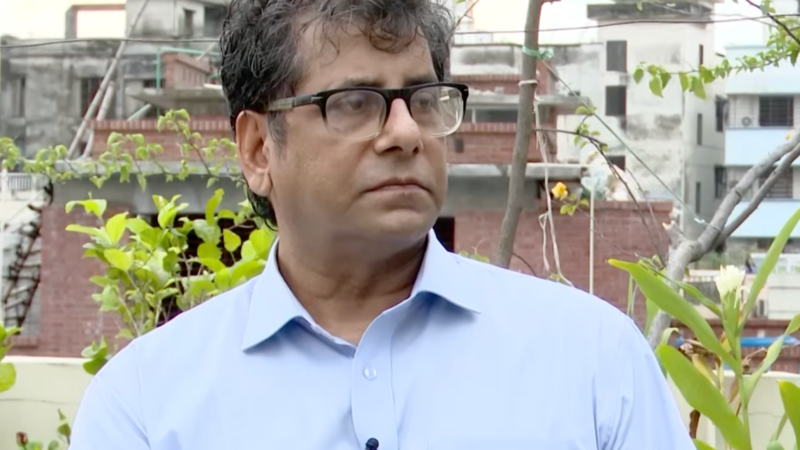Tibetans across the world all set to elect their Parliamentexile

Advertisement
After making some landmark achievements like reaffirming the Tibetans’ rights to choose a successor to Dalai Lama, lakhs of Tibetans living in exile and settled across the globe and mostly in India, will be electing their next Parliament-in-exile in May 2021, with the preliminary round beginning in January.
Lobsang Sangay completes his second term as President (Sikyong) of the Central Tibetan Administration (CTA) next year. This leaves the door open for new candidates to take up the key role of leading the CTA headquarters in Dharamsala after a decade.
The Tibetan Administration led by its President and 45 Parliamentarians will be voted to power by around 80,000 voters around the world through a ballot system of elections and the preliminary round will take place on January 3.
Out of the 80,000 registered voters, 55,000 are in India, Nepal and Bhutan. The President is elected for a five year tenure and the rest of the Parliamentarians will be elected to 45 seats – which includes ten members each from the three traditional provinces of Tibet; two each from five religious constituencies which include four schools of Tibetan Buddhism and native Tibetan religion; two each from the Tibetan communities in Europe and North America and one from the Tibetan community in Australasia (Australia, New Zealand and Asia excluding India, Nepal and Bhutan). Two seats are reserved for women in the Tibetan Parliament-in-exile.
The result of the first round will be declared on February 8 next year, and the final result will be declared on May 14.
In the Tibetan settlements and colonies across the country, the campaigns are in full swing with posters and speeches being relayed by the contesting candidates.
But all eyes are on the four front runners for the post of President—Kasur Dongchung Ngodup, a first generation Tibetan refugee who is presently the representative of Dalai Lama in New Delhi; Dolma Gyari, a former activist and well known Tibetan politician in exile; Kelsang Dorjee Aukatsang, who was special representative of Dalai Lama to North America and served the Tibetan freedom struggle for 23 years and Penpa Tsering, former speaker of the Tibetan Parliament-in-exile who also served as the representative for the Office of Tibet in Washington.
The Tibetan Election Commission has said that the first two candidates who get the maximum votes on January 3 will contest for the post of President during the final round on April 11.
Among the front-runners, Ngodup has a massive following among Tibetans in Tibet and in bureaucratic circles where he has served for years in ministerial posts. Sources disclosed that he has a good understanding of situation inside Tibet, which is the need of the hour given the task before the CTA to unite Tibetans.
Dolma is also emerging as a prominent candidate and if she is voted, she will be the first woman President of Tibetan Administration in India.
The Tibetan government-in-exile has a party-less system of democracy where the candidates for the post of Sikyong or President are directly elected by the people. After the finalisation of candidates in the preliminary round, the Tibetan Election Commission will conduct the final round of voting on April 11.
Advertisement






